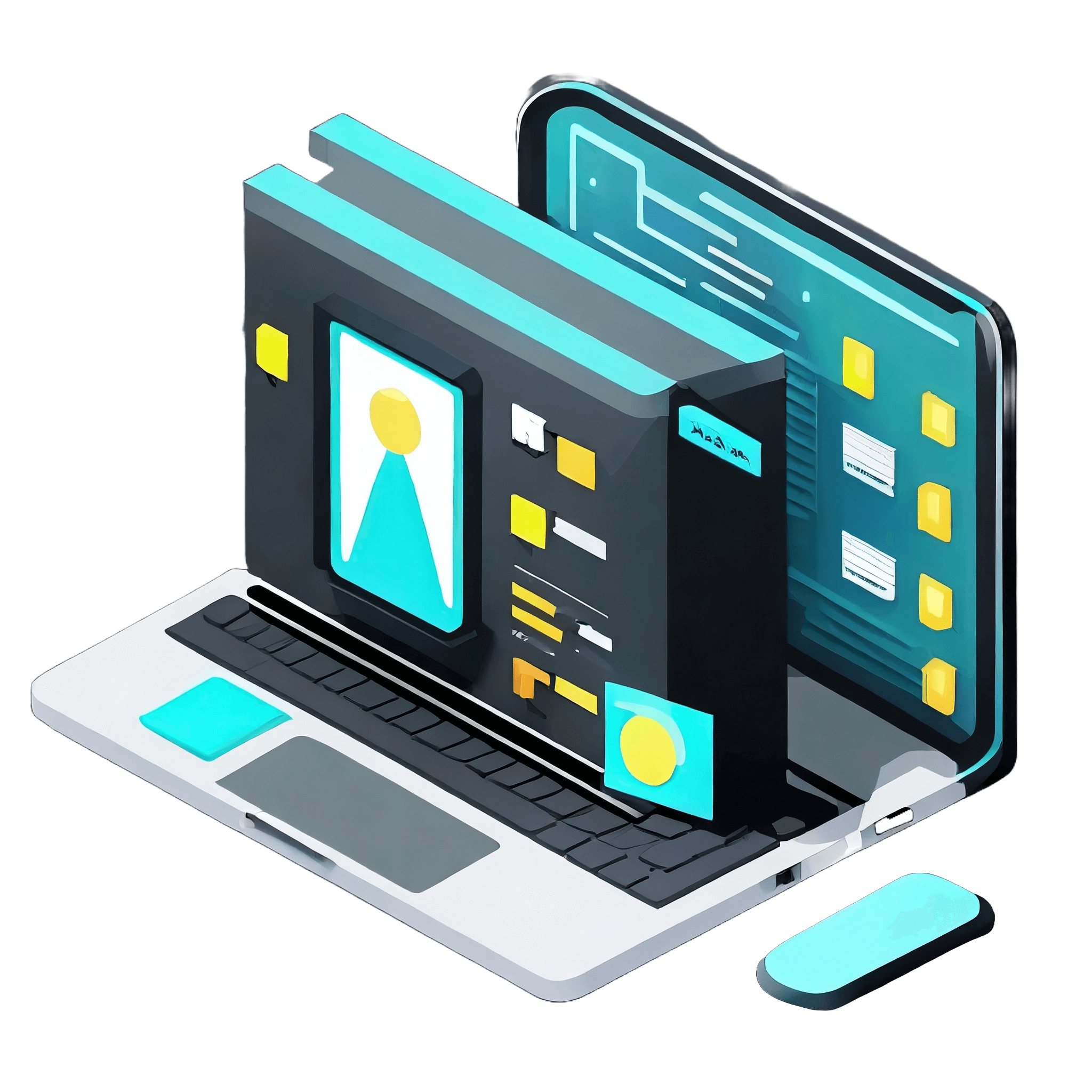Infrastructure as code describes the managing and provisioning of computer data centers through machine-readable definition files (e.g. YAML-Config Files). Instead of using physical hardware configuration or interactive configuration tools.
The term infrastructure as code was first used by Andrew Clay Shafer and Patrick Debois in 2009. At the time they were working on a project at Google to automate the provisioning of physical servers. Since then, many companies adopted the concept. Nowadays, it is a best practice for managing infrastructure.
- Infrastructure as code (IaC) compared to traditional infrastructure provisioning
- When should you consider using IaC to provision infrastructure?
- What are the benefits of using IaC?
- Reduced time and cost
- Improved consistency and repeatability
- Increased agility
- Improved audibility and traceability
- Reduced risk
- What are the challenges in using IaC?
- How do you get started with IaC?
- Tools you can use for Infrastructure as code (IaC tools)
- IaC is part of the bigger picture: CALMS and DevSecOps
- Summary
Infrastructure as code (IaC) compared to traditional infrastructure provisioning
Provisioning and managing data centers has been time-consuming and error-prone. It often relies on the manual configuration of servers and networking devices. This can lead to configuration drift, where the actual state of the infrastructure diverges from the intended form. IaC helps to avoid these problems by providing a repeatable and consistent way to provision and manage infrastructure. It also makes it easier to audit and track changes, and to roll back changes if necessary.
When should you consider using IaC to provision infrastructure?
IaC is especially well suited for automated cloud environments, where infrastructure is often provisioned and managed. However, you can also use it on on-premises data centers. Further, there are a few more key factors to consider before using IaC. If you are running on-premises data centers, IaC may need more effort to set up and maintain.
Infrastructure as code can be beneficial if, you
- uses dynamic or complex environments,
- repeatedly change your infrastructure and
- have a hard time tracking and managing the changes.
What are the benefits of using IaC?
Reduced time and cost
IaC can help to reduce the time and cost associated with provisioning and managing infrastructure.
Improved consistency and repeatability
IaC can improve the consistency and repeatability of infrastructure provisioning and management processes.
Increased agility
IaC can increase the agility of an organization by making it easier to provision and manage infrastructure in response to changing requirements.
Improved audibility and traceability
IaC can help to improve the audibility and traceability of changes to infrastructure.
Reduced risk
By providing a more consistent and repeatable way to provision and manage infrastructure, IaC can help to reduce the risk of errors and configuration drift.
What are the challenges in using IaC?
You need to consider a few challenges when using IaC, including:
- Complexity: IaC can increase the complexity of an organization's infrastructure. This makes it more difficult to understand and troubleshoot problems.
- Security: IaC will increase the security risks associated with an organization's infrastructure.
- Tooling and processes: IaC requires you to use new or unfamiliar tooling and processes.
How do you get started with IaC?
If you're interested in using IaC, there are a few things you need to do to get started:
- Choose an IaC tool. Each with its own strengths and weaknesses. Choose a tool that's well suited to your organization's needs.
- Define your infrastructure using a declarative or imperative approach.
- Provision your infrastructure using your chosen IaC tool.
- Manage your infrastructure using your chosen IaC tool.
To get started with DevOps (or to improve your DevOps maturity) read this: DevOps: How to get started - How to get started successfully
Tools you can use for Infrastructure as code (IaC tools)
- Configuration management tools: Use Puppet, Chief and Ansibleto manage the configuration of servers and other infrastructure components.
- Infrastructure provisioning tools: Use Terraform and CloudFormation, to provision and manage infrastructure resources.
- Continuous integration and delivery tools: Use Jenkins and TravisCI, to automate the build, testing, and deployment of infrastructure.
- Container orchestration tools: Use Kubernetes and Docker Swarm, to manage and orchestrate containers.
IaC is part of the bigger picture: CALMS and DevSecOps
Infrastructure as code is a small piece of automation within the DevOps cycle. Next to provisioning infrastructure by code, the core focus of DevOps is to increase efficiency and effectiveness by automating key processes in the software development life cycle (SDLC) while CALMS focuses on automating operations. This allows for faster feedback, shorter lead times, and more frequent deployments.
So to leverage IaC a fundamental DevOps maturity is essential.
Learn more about CALMS in our guide: CALMS Framework
Summary
Infrastructure as code (IaC) is a term used to describe managing and provisioning computer data centers through machine-readable definition files, rather than physical hardware configuration or interactive configuration tools. Many companies adopted the framework to this day. Today, it is a best practice for managing infrastructure.
IaC helps to reduce the time and cost associated with provisioning and managing infrastructure. Additionally, it improves the consistency and repeatability of infrastructure provisioning and management processes, as well as increases the agility of an organization.





















